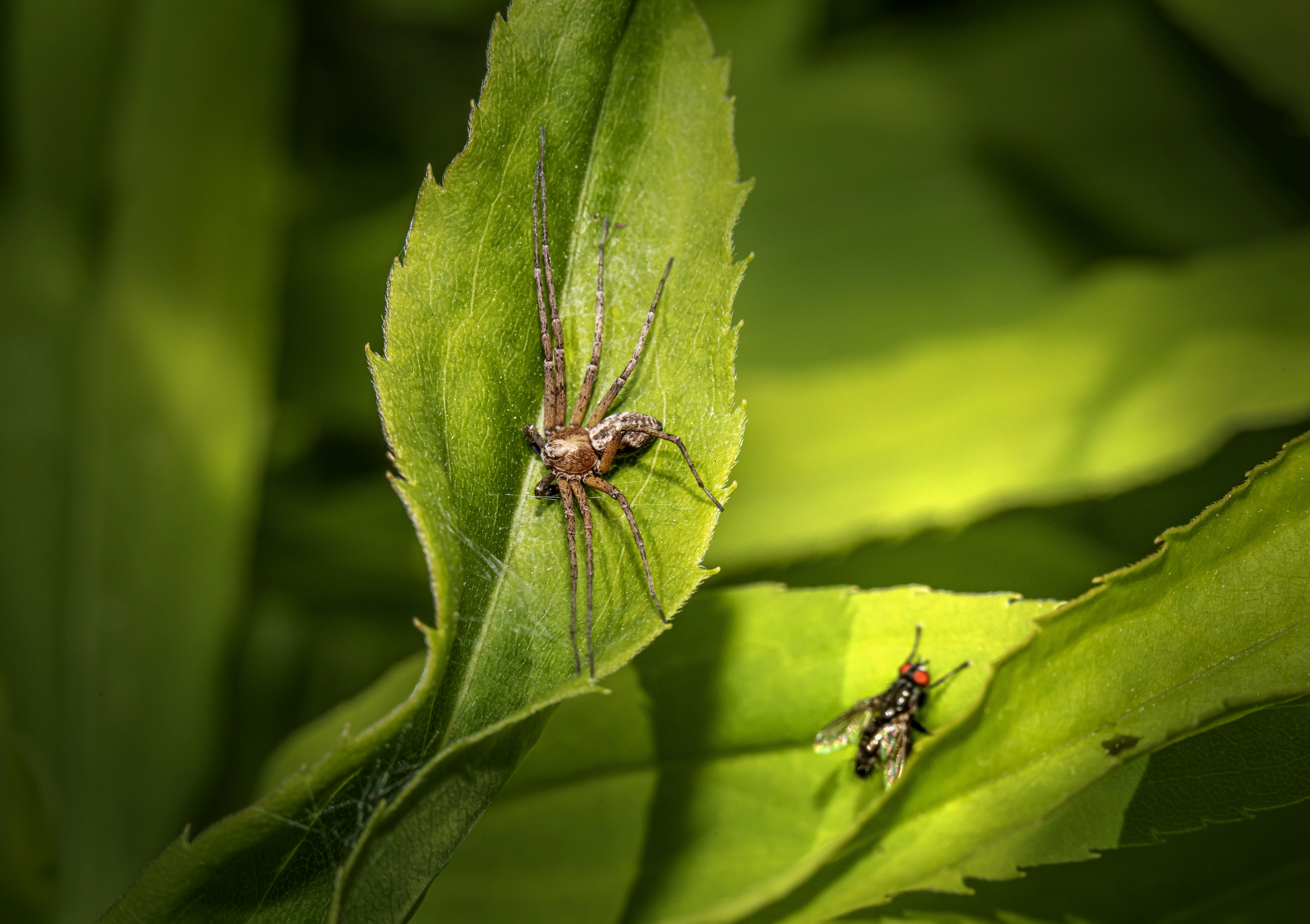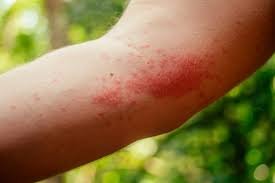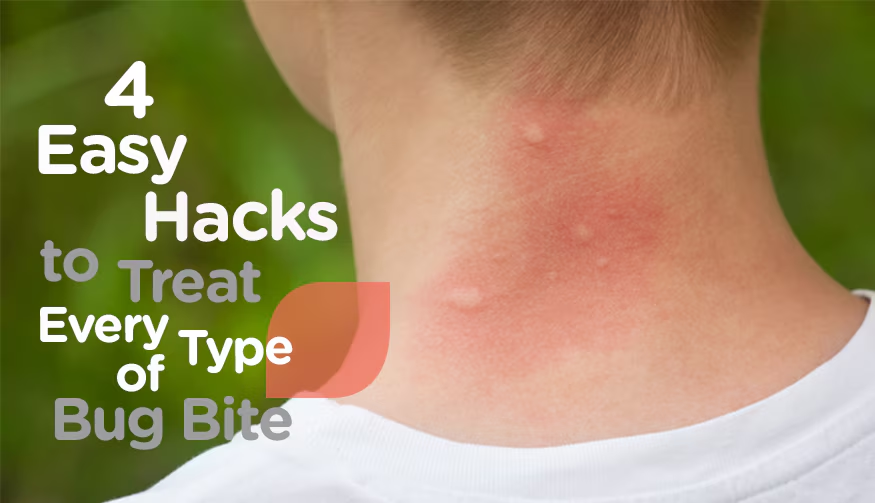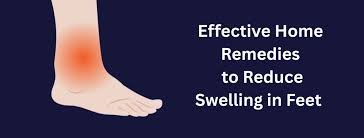Introduction to Spider Bites
Spider bites often evoke immediate concern due to the common misconception that all spiders are venomous and that their bites are inherently dangerous. However, it is essential to clarify that while some spider species possess potent venom capable of causing serious health issues, the majority of spider bites are harmless and do not present significant risks to human health. In fact, many encounters with spiders occur without any resultant bites, as these creatures typically prefer to avoid human contact.
Globally, there are thousands of identified spider species, yet only a small fraction, such as the Black Widow and the Brown Recluse, are known to produce venom that can lead to severe health complications. Most spider bites are minor, often resulting in mild symptoms such as localized redness, swelling, or itching. Research indicates that the majority of individuals bitten by spiders may not even realize they have been bitten and often mistake the symptoms for those of other insect bites.
It is crucial to foster a more accurate understanding of spider bites, as this can alleviate unnecessary panic and promote informed responses when encountering these arachnids. Notably, many spider bites can resemble other common skin conditions, complicating self-diagnosis and treatment. With this backdrop, it becomes increasingly important to recognize the signs of complications arising from specific spider bites, which can range from allergic reactions to infections. Knowledge about these aspects can prepare individuals to respond calmly and effectively in the unfortunate event of a venomous bite.
Evidently, while a proportion of spider bites may lead to medical complications, it is vital to acknowledge that the vast majority are harmless. Understanding this distinction enables better decision-making regarding when to seek medical assistance after a spider bite and paves the way for addressing the varying degrees of concern related to spider encounters.
Common Types of Spider Bites
Spider bites can vary significantly in terms of severity, due to the diverse range of spider species encountered in various environments. Generally categorized into two groups, the more common spiders fall under harmless varieties, while others pose serious health risks. Understanding these categories can help individuals recognize and respond appropriately to spider bites.
Harmless spiders include species commonly found in homes and gardens, such as the house spider and the cellar spider. These spiders typically do not bite unless provoked, and their bites are usually mild, resulting in minor irritation akin to a mosquito bite. House spiders can be found throughout urban and suburban areas, whereas cellar spiders thrive in damp, hidden spaces, such as basements and attics. While their presence may be unsettling, these spiders play a crucial role in controlling insect populations.
In contrast, certain spider bites can lead to serious medical conditions. Among the most dangerous species are the black widow and brown recluse. The black widow, identifiable by its glossy black body and red hourglass marking, is predominantly located in the southern and western United States. Its bite can induce severe symptoms, including muscle pain, cramping, and in extreme cases, can be life-threatening without prompt medical intervention.
The brown recluse spider, usually found in the Midwestern and Southern regions, is known for its violin-shaped marking on its back. A bite from this spider can result in necrotizing ulcers and systemic reactions. Early recognition and treatment are essential for mitigating the potential risks associated with these spider species. By understanding the types of spiders and their corresponding bites, individuals can better navigate situations that may arise from encounters with spiders.
Symptoms of Spider Bites
Spider bites can present a range of symptoms that vary depending on the type of spider, the individual’s reaction to the venom, and the location of the bite. Initially, a spider bite may cause minimal discomfort and can often go unnoticed. However, as the body reacts to the venom, several symptoms may develop, making it essential to be aware of these indicators.
Common mild symptoms include localized redness and swelling around the bite area. This is typically accompanied by a sensation of itching or mild pain, which can vary in intensity. In many cases, these symptoms can resemble those of other insect bites, such as mosquito or flea bites. The affected area may feel warm to the touch, and there may be some inflammation as the body begins to respond to the bite.
As time progresses, the symptoms may escalate in severity. For example, some individuals might experience more significant pain or throbbing at the site of the bite. In severe cases, symptoms can develop into systemic reactions, leading to headaches, fever, chills, or gastrointestinal issues. It is crucial to monitor these symptoms closely, as they can signify an adverse reaction to the venom or a potential infection.
Signs of a serious reaction may include increased pain, extensive swelling, or the appearance of a blister at the site of the bite. Additionally, if the surrounding skin begins to show signs of necrosis or ulceration, this indicates a more severe situation that requires immediate medical attention. If symptoms progress rapidly, or if you encounter difficulty in breathing, chest pain, or rapid heartbeat, it is vital to seek help from healthcare professionals promptly.
Complications from Spider Bites
Spider bites can often appear benign at first glance; however, they may lead to a range of complications that require medical attention. If left untreated, a seemingly minor bite can escalate into a more serious issue, particularly if an infection develops at the site. The initial symptoms of a spider bite may include redness, swelling, and mild pain. However, if these symptoms persist or worsen, it could indicate an infection caused by bacteria entering the body through the bite. This type of infection is commonly characterized by increased redness, warmth, and the presence of pus. If an infection progresses, it may result in cellulitis, abscess formation, or even sepsis in extreme cases.
In addition to local infections, complications can also arise from the body’s systemic response to a spider bite. Certain individuals may experience allergic reactions ranging from mild to severe. Symptoms of an allergic reaction can include hives, difficulty breathing, or anaphylaxis, which is a life-threatening emergency. In cases where the bite comes from a venomous spider, such as a black widow or brown recluse, more severe systemic reactions may occur. For instance, a black widow’s venom can cause muscle pain, cramps, and neurological symptoms, while a brown recluse bite can lead to severe skin ulceration and necrosis, requiring surgical intervention.
Therefore, recognizing the signs of complications arising from a spider bite is crucial. If the bite site shows increasing signs of infection or if systemic symptoms are present, seeking medical care promptly is essential to avoid further complications. Early intervention can ensure appropriate treatment, which may include antibiotics, wound care, or antihistamines for allergic reactions. It is important to remain vigilant, as timely action can significantly reduce the risk of serious medical issues stemming from spider bites.
When to Seek Medical Attention
Identifying when to seek medical attention after a spider bite can be critical in preventing serious complications. While many spider bites result in mild symptoms that can be managed at home, certain signs may indicate the need for professional medical intervention. Awareness of these symptoms is essential for an effective response.
First, it is important to monitor the area of the bite for any changes. If the bite site begins to swell excessively, develop a rash, or exhibit a significant increase in redness, these could be indicators of an allergic reaction or potential infection. In cases involving suspected venomous spiders, such as the black widow or brown recluse, the symptoms may escalate rapidly. It is advisable to seek medical attention if you experience severe pain, cramping, or if the wound appears to be worsening rather than improving.
In addition to localized symptoms, one should be vigilant for systemic reactions. Symptoms such as difficulty breathing, chest pain, or anaphylaxis require immediate emergency care. Neurological symptoms, including confusion, dizziness, or muscle weakness, should also be treated as urgent. These signs may indicate severe envenomation or an allergic response that necessitates quick action.
Individuals with compromised immune systems or pre-existing health conditions may also be at greater risk following a spider bite. Consequently, if a person has any concerns, especially if they belong to a vulnerable demographic, seeking medical advice proactively is wise. Remember that it is always better to err on the side of caution; timely medical intervention can be crucial in effectively managing the effects of a spider bite and can help to prevent serious outcomes.
Self-Care and Home Remedies
When managing minor spider bites at home, it is essential to follow proper self-care steps to facilitate healing and reduce discomfort. The first course of action is to clean the bite area thoroughly. Using mild soap and water, gently cleanse the affected skin to eliminate any potential pathogens. This step helps prevent infection, a common concern following insect bites, including those from spiders.
Applying a cold compress can significantly alleviate swelling and pain associated with spider bites. Wrap ice or a cold pack in a thin cloth and apply it to the bite site for 10 to 20 minutes at a time. This method helps numb the area and reduces inflammation. Additionally, elevate the affected limb if possible, as this can further minimize swelling.
Over-the-counter treatments may also provide relief for discomfort stemming from spider bites. Antihistamines can alleviate itching and help control allergic reactions, while topical hydrocortisone creams can reduce inflammation and soothe irritated skin. It is advisable to follow the instructions on the packaging and consult a healthcare professional if there are any uncertainties regarding medication use.
For individuals who experience mild pain, non-prescription pain relief medications such as acetaminophen or ibuprofen can be effective. These can manage pain while aiding in reducing inflammation. It is imperative to adhere to recommended dosages and caution against prolonged use without medical advice.
In addition to these measures, maintaining good hydration and a balanced diet rich in vitamins and minerals may promote faster recovery. If symptoms escalate or show no signs of improvement within a few days, it is prudent to seek medical attention. Awareness and preparedness are key to effectively managing minor spider bites with self-care strategies.
Preventing Spider Bites
Preventing spider bites is essential for maintaining a safe living environment, especially for those in regions where venomous spider species are prevalent. By adopting effective strategies, individuals can minimize their chances of encountering these arachnids both indoors and outdoors.
One of the primary methods for keeping living spaces spider-free is through proper home maintenance. Regularly cleaning corners, under furniture, and in storage areas is crucial, as spiders often seek out undisturbed locations to build their webs. Vacuuming can remove spider webs and any stray spiders. Sealing cracks and gaps in windows, doors, and walls can also significantly reduce the chances of spiders entering your home.
In addition to cleaning, it’s advisable to minimize clutter in both indoor and outdoor environments. Spiders thrive in habitats with various hiding spots, so organizing spaces can drastically decrease their presence. Garden maintenance is equally important; regularly trimming shrubs and keeping mulch away from the foundation can prevent spiders from nesting close to your home.
Your choice of clothing can also influence the likelihood of a spider bite. When engaging in outdoor activities, especially in wooded or grassy areas, wearing long sleeves, long pants, and closed-toe shoes can provide a barrier against potential bites. It is prudent to inspect clothing and shoes before putting them on, particularly if they have been left outdoors.
Lastly, when enjoying outdoor activities, remain aware of your surroundings. Encourage practices such as avoiding sitting on the ground or placing bags on the ground without checking first. Using repellents that are effective against spiders can offer additional protection. Taking these proactive steps not only enhances personal safety but also contributes to a comfortable living environment.
Myths and Misconceptions about Spider Bites
Throughout history, a plethora of myths and misconceptions surrounding spider bites has developed, often fueled by fear and misunderstanding. One prevalent myth is the belief that all spiders pose a significant threat to humans. In reality, the majority of spider species are harmless and actually play a vital role in controlling insect populations. Most encounters with spiders result in no harm at all, as only a select few, such as the black widow and brown recluse, are known to deliver bites that can lead to severe health issues.
Another common misconception is that any spider bite will lead to serious medical complications. The truth is that while some spider bites can be problematic, many are no more dangerous than a bee sting. It is essential to observe the bite’s symptoms and identify the spider involved, if possible. Minor symptoms may include irritation, redness, or mild swelling, which typically resolve without medical intervention. Only a minority of bites require professional treatment, particularly in the case of venomous species where prompt medical attention becomes essential.
Furthermore, there is a belief that spider bites always result in visible injuries, like ulcerated wounds or severe pain. However, this is not universally the case. Many spider bites may not exhibit significant symptoms and often heal without any distinctive marks. It is also a misconception that spider bites only occur outdoors; they can also happen indoors, as spiders occasionally seek shelter in homes. Understanding these myths is crucial for reducing unnecessary fear and anxiety surrounding spider interactions.
Addressing and debunking these misconceptions allows for a more informed perspective on spider behavior and the associated risks of bites. Increased awareness can contribute to healthier human-spider cohabitation, highlighting the necessity of respecting these creatures while taking sensible precautions.
Conclusion
Spider bites, while often benign, can pose significant risks depending on the species involved and individual reactions. It is crucial to recognize the symptoms associated with a spider bite, which may range from mild irritation to severe reactions requiring immediate medical attention. Common signs include redness, swelling, pain at the bite site, and sometimes systemic symptoms such as fever or chills. Understanding these symptoms allows individuals to respond appropriately, avoiding potential complications that could arise from a lack of timely medical intervention.
When assessing the need for medical care, it is essential to consider the characteristics of the spider and the person bitten. Certain spiders, such as the black widow and brown recluse, are well-known for their venomous bites, which can lead to severe health issues if left untreated. Recognizing these species and knowing their habitats can aid in identifying risks in one’s environment. Additionally, individuals with pre-existing health conditions or weakened immune systems should be particularly vigilant, as they may face heightened risks from spider bites.
Preventive strategies play a vital role in minimizing the likelihood of spider bites. These strategies include maintaining a clean and organized living space, reducing clutter, sealing cracks and crevices, and wearing appropriate clothing when in areas where spiders are commonly found. It is also beneficial to educate oneself and others about the habitats of local spiders and the best practices to avoid encounters.
In summary, understanding spider bites involves recognizing their risks, identifying symptoms, and knowing when to seek medical attention. Employing preventive measures can significantly reduce the chances of being bitten, thus enhancing overall safety. Awareness and education are key components in managing the risks associated with spider bites effectively.





